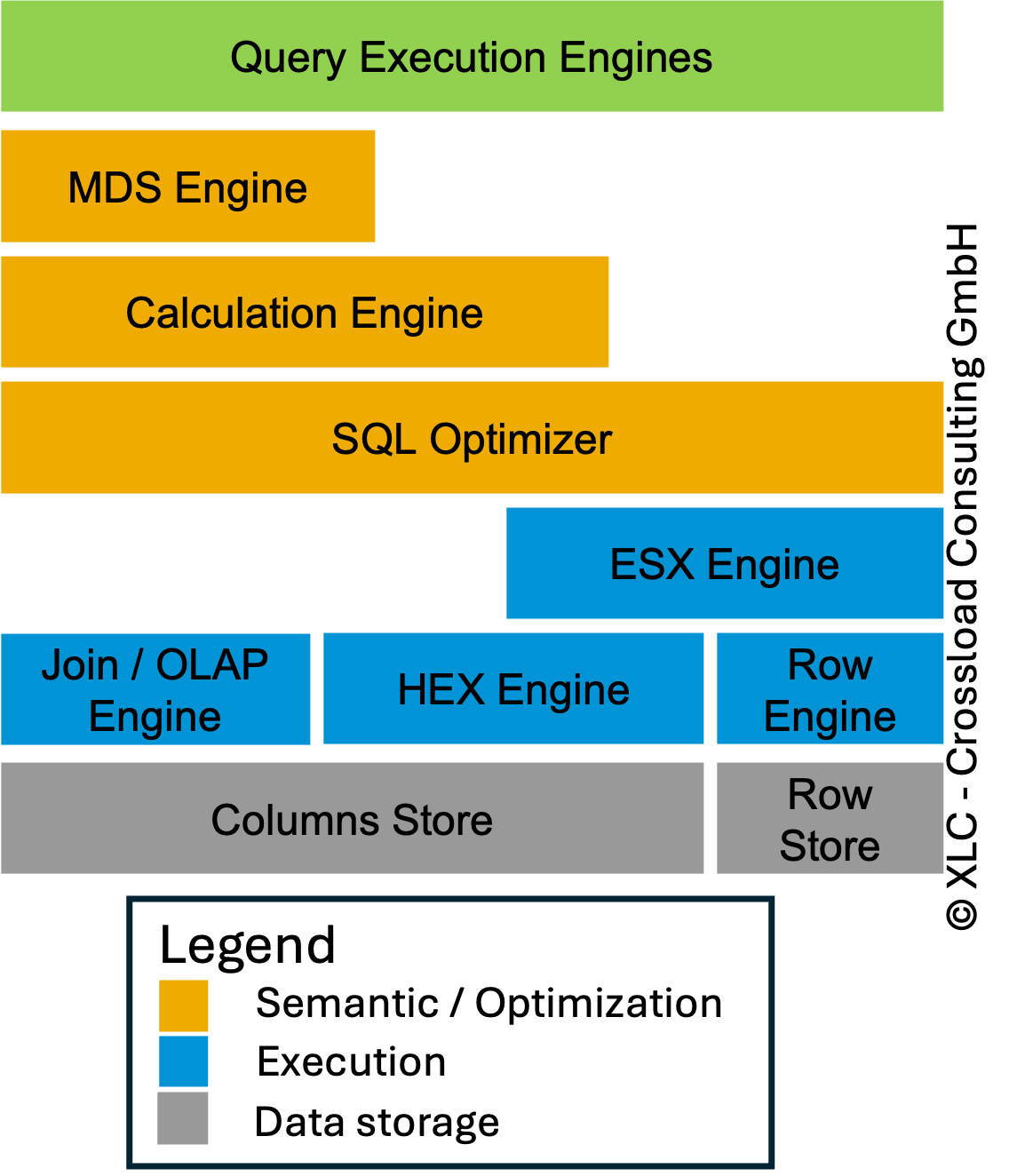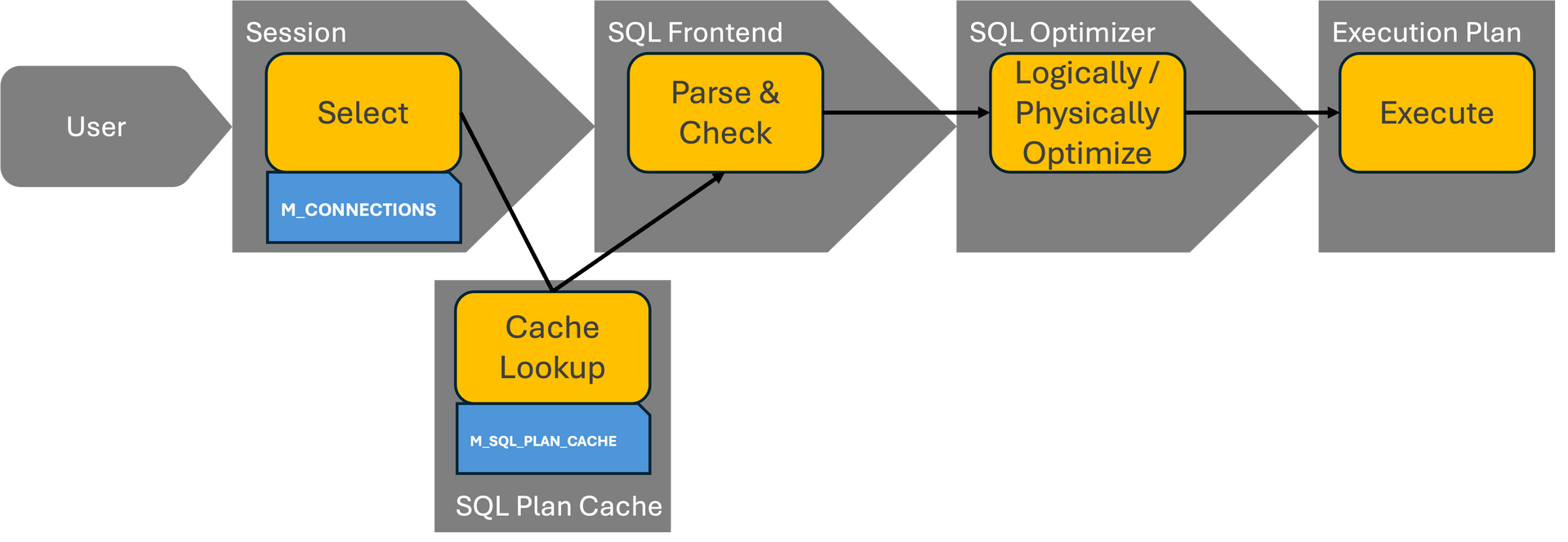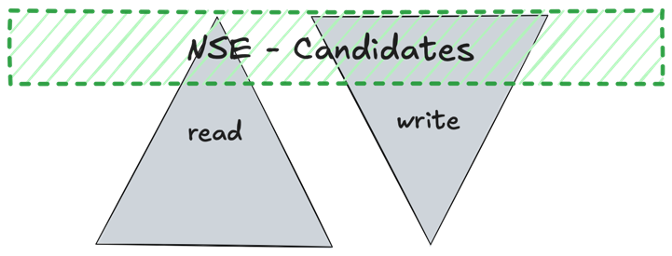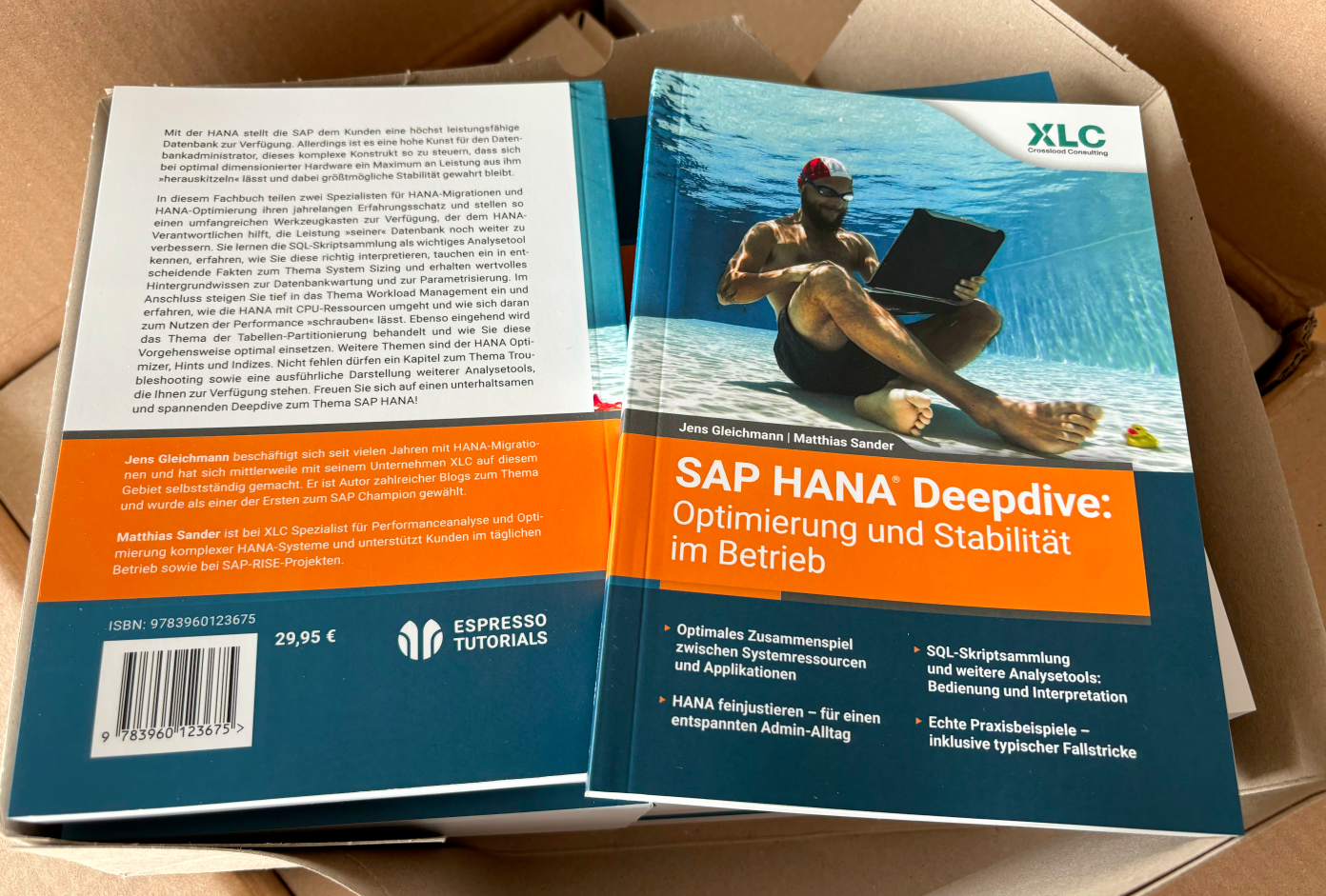HANA News Blog
SUSE - Lifecycle
How to interpret the SUSE Lifecycle
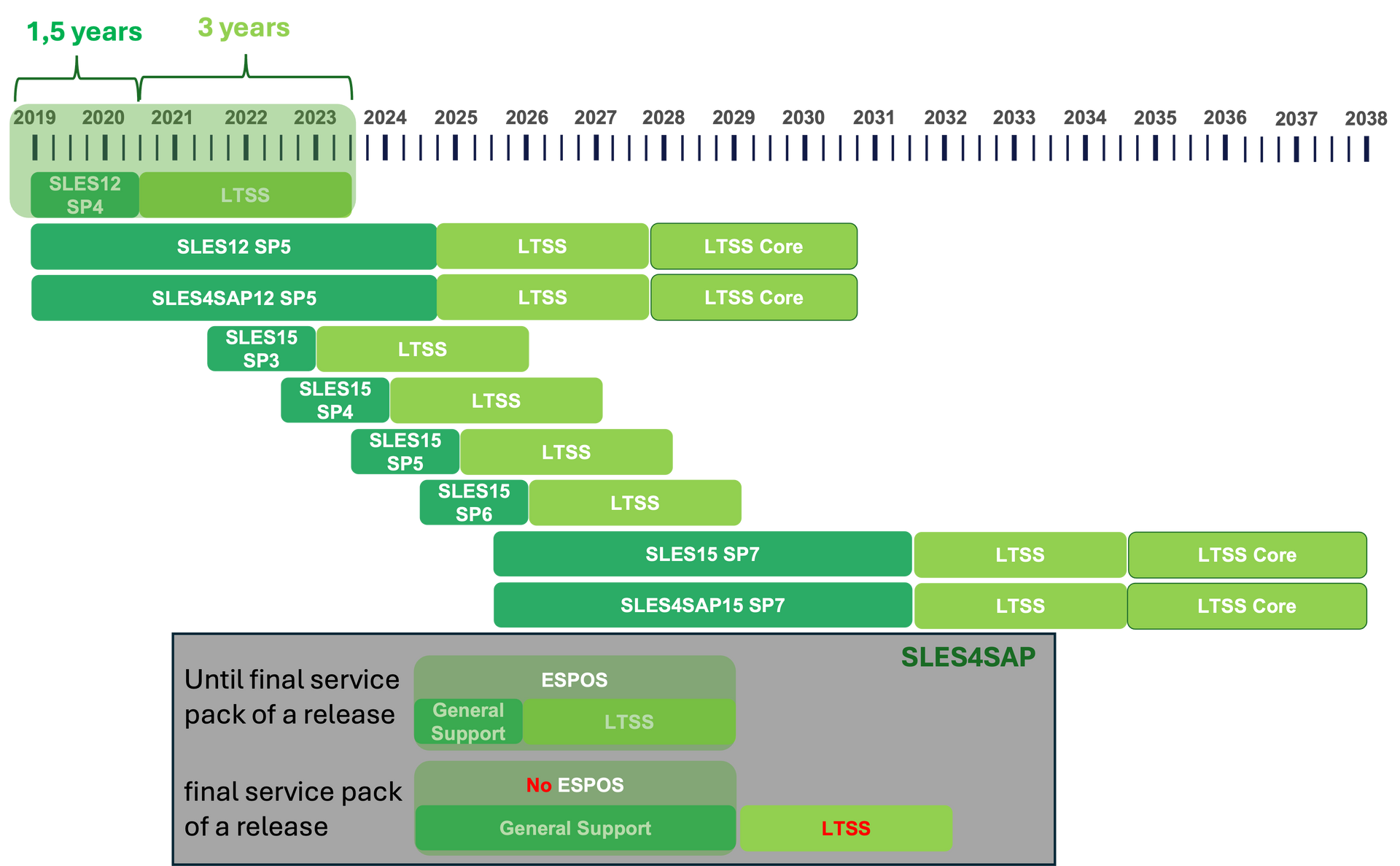
SLES4SAP 15 SP6 is now officially certified for SAP HANA 2.0 (SAP note 2235581).
If you are still running SLES12, you can use that as your target SLES SP, as support for SLES12 will end at the end of October this year (2024) unless you pay for LTSS.
This means regardless if you have SLES12 SP5 plain/vanilla or SLES4SAP12 SP5. The final SP of a major release will be handled special.
But first things first. One big advantage of SLES4SAP is that it is including 1.5 years of General Support plus 3 years of Extended Service Pack Overlap Support (ESPOS) for each service pack. This eliminates the need for customers to purchase LTSS (Long Term Service Pack Support) until the final service pack of a release. The key word here is "until". As already mentioned, the final SP won't get ESPOS because there will be no overlap with a further SP. This is the reason why the final service pack receives a longer general maintenance. If this still is not satisfying your need, you have the option to receive an extended 3 years of support for this final service pack through Long Term Service Pack Support (LTSS), which is available at an additional cost.
The Long Term Service Pack Support Core (LTSS Core) subscription offers support, patches, and maintenance for a core set of components of the product over the Extended Core lifecycle phase, which covers another 3 extra years after the Extended Lifecycle phase covered by the Long Term Service Pack Support (LTSS).
Sources:
https://www.suse.com/products/long-term-service-pack-support/
https://www.suse.com/support/policy-products/#sap
https://www.suse.com/lifecycle/#suse-linux-enterprise-server-for-sap-applications-12
https://www.suse.com/lifecycle/#suse-linux-enterprise-server-for-sap-applications-15
SAP HANA News by XLC

